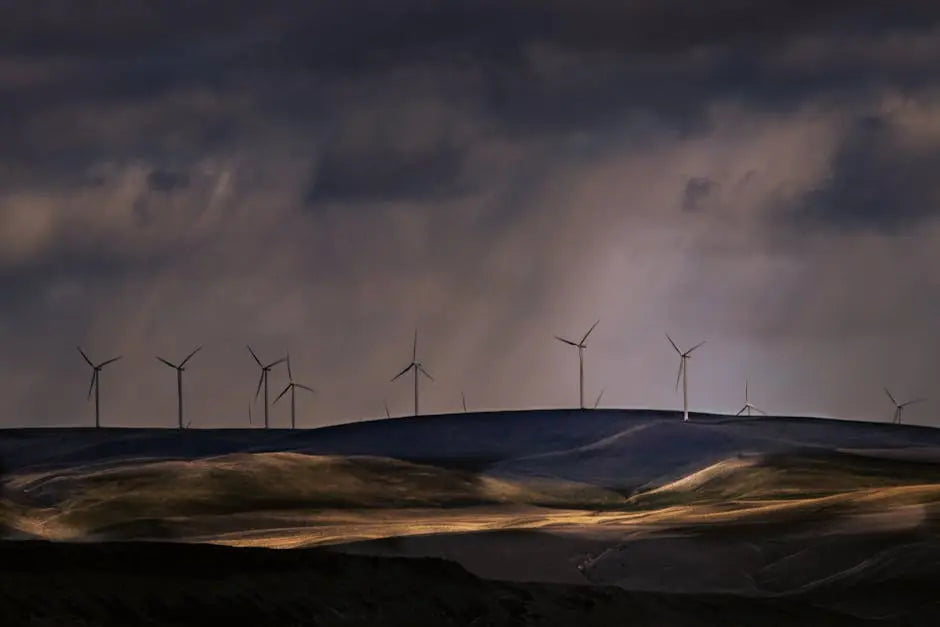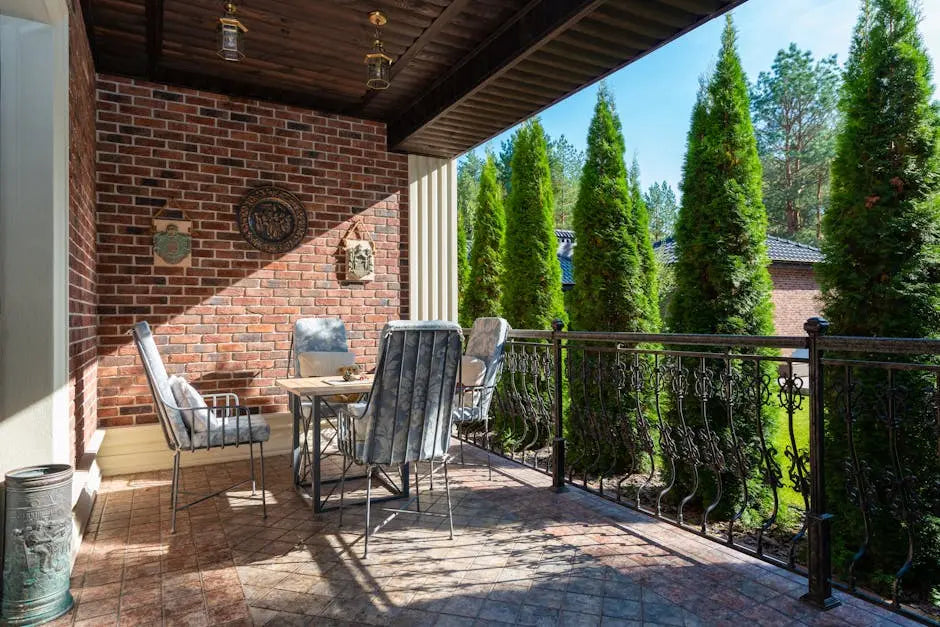
Can I Install Landscape Lighting Myself?

Thinking about adding some shine to your outdoor space? Landscape lighting can dramatically enhance your garden and home exterior with ambient lighting. But before you dive in, it’s essential to know whether this is a DIY project you can handle or if it’s better left to the professionals.
Understanding Landscape Lighting Basics
Before you start, understand different types of landscape lighting, such as solar, LED, and low voltage. Each has its pros and cons.
One of the key steps in installing landscape lighting is choosing the right type of lights. Solar lights are popular for their energy-saving properties but may not offer the same brightness or reliability as wired systems. On the other hand, LED lights are known for their efficiency and longevity. Meanwhile, low voltage lighting systems offer a balance between performance and safety, often being ideal for DIY installations. Understanding these options can help you make an informed decision tailored to your specific needs.
Assessing Your Outdoor Space
Look at your garden and home exterior to decide where you need lighting. Consider pathways, garden beds, and architectural features.
When planning your lighting layout, think about highlighting key features like statues, water fountains, and textured walls. Properly placed lighting can accentuate these areas and bring life to your garden at night. Consider the purpose of each light fixture. For pathways, you’ll want consistent illumination, while spotlights are perfect for drawing attention to specific features like trees or sculptures. Analyzing your space thoroughly will guide you in maximizing the impact of your lighting.
It’s important to think about the positioning of power sources as you plan your outdoor lighting. If your selected lighting system is wired, nearby electrical outlets will be necessary to supply power without extensive cable runs. Alternatively, if considering solar options, assess how much sunlight each area receives throughout the day. Maximizing solar exposure ensures optimal charging and performance for solar lights. Creating a detailed map of your outdoor space with these elements in mind will help streamline the installation process.
Gathering the Necessary Tools and Materials
Ensure you have all necessary tools, such as a shovel, wire stripper, and connectors. Make a checklist of materials you need before starting.
Besides basic tools, you might need cable connectors, waterproof outdoor junction boxes, and a transformer for low voltage systems. Having these materials ready ensures your project runs smoothly without unexpected hiccups. It’s also wise to have extra bulbs or fixtures on hand for replacements or additions. Planning ahead gives you the flexibility to modify your design as you work, enhancing creativity without compromising the timeline.
If you’re a beginner, it’s a great idea to look up instructional videos or guides to familiarize yourself with each tool and material you’ll be using. Visual aids can often simplify complex procedures and boost your confidence. Investing time in learning proper techniques for using wire strippers or installing connectors can ensure every element is securely fitted, and your lighting project stands the test of time.
Learning Basic Electrical Safety
Familiarize yourself with basic electrical safety, especially if you’re working with low-voltage lighting. Safety should be a top priority.
When it comes to safety, understanding the voltage your lighting system operates on is crucial. Low-voltage systems typically run at 12V, which reduces the risk of electrical shock, making them a developer-friendly option for DIY projects. However, despite the lower risk, it’s still important to take standard precautions like using insulated tools and wearing gloves. Following these basic safety measures helps prevent accidents and ensures your project doesn’t lead to an avoidable mishap.
Even with low-voltage systems, it’s necessary to be cautious while handling the circuitry. Moisture can be a hazard, particularly in outdoor settings. Ensure all connections and junctions are moisture-resistant to avoid short circuits and potential malfunctions. Investing in waterproof cable joints and keeping connections elevated and away from potential water exposure zones can maintain both the safety and longevity of your installation. Ensuring your project follows local codes and regulations further prevents complications down the road.
Step-by-Step Installation Guide
Start with a simple plan: layout the lighting, prepare the wiring, and test the setup. Follow a methodical approach to avoid common pitfalls.
First, map out your lighting installation area with string or chalk to visualize placement. Once you’ve confirmed the layout is to your liking, use a small shovel or spade to dig shallow trenches for any wires you plan to bury. Take care to keep these trenches uniform so that covering them later won’t disrupt the aesthetic of your garden.
While installing the lighting, it’s crucial to connect each component with precision. Follow the manufacturer’s instructions to ensure wires are matched correctly, and connections are tight. This methodical approach not only safeguards against electrical issues but also enhances the performance and lifespan of your lighting. After connecting all the elements, conduct a test run in a controlled environment to verify each light functions as expected before finalizing the setup.
Finally, with everything in place, double-check that each fixture is secure and aligns well with your design goals. Adjust the angle of the spotlights, ensuring they illuminate desired areas without excess glare. A well-arranged final setup will transform your outdoor area into a magical night-time space, enhancing both the ambiance and usability of your landscape. By attentively following each step, your DIY lighting project will stand out, creating a warm and enchanting environment to enjoy.
Final Thoughts on DIY Landscape Lighting
While installing landscape lighting yourself is entirely possible with the right preparation and tools, it’s crucial to evaluate your own abilities and comfort level with electrical projects. For those who are uncertain, consulting a professional can ensure the job is done safely and correctly. Either way, enhancing your outdoor space with beautiful lighting can be a rewarding transformation.






